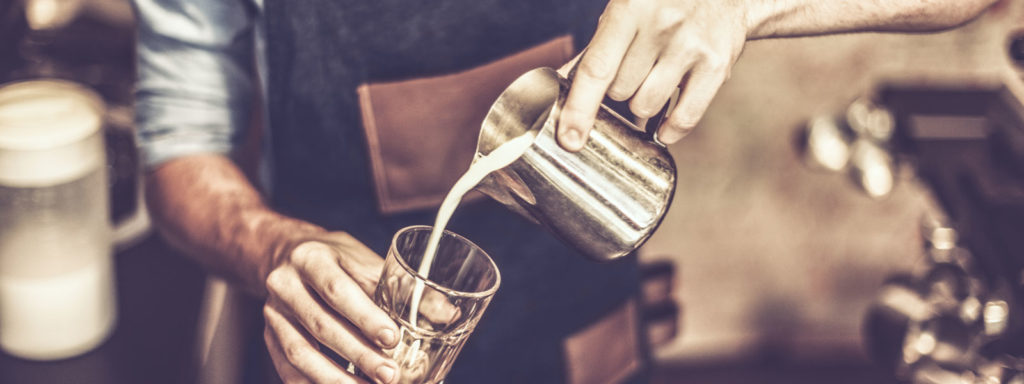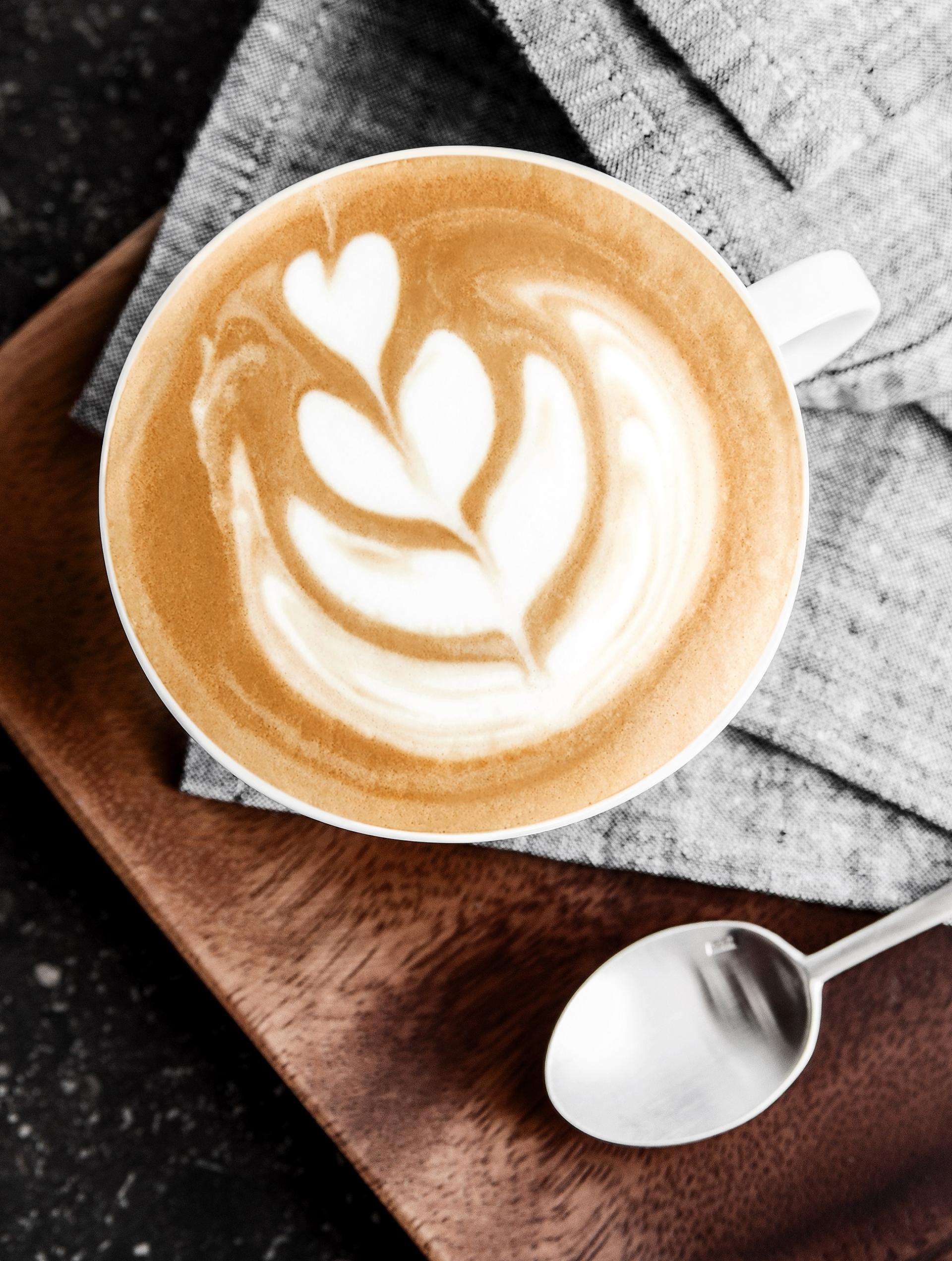Italian Cappuccino: the technique for a perfect foam
Cappuccino
The Cappuccino was invented around the thirties, when the technical development of espresso machines got to the stage where they offered enough steam power to incorporate air in milk while warming it up, transforming it’s fats and proteins to make the delicious cream that defines one of italy’s internationally known symbols.
Sadly, the fact that italians invented the famous cappuccino doesn’t mean you’ll find many bars where it’s actually prepared well, which is a shame since the places where it’s served correctly are actually often rewarded with very good feedback and a great competitive advantage.
The cappuccino is named after the capuchin monk’s frock, which had a dark brown color and a white hood, the perfect mix of coffee and milk!
When making a cappuccino our goal is to steam the milk so that it doesn’t end up having big bubbles on it but instead a very fine and silky texture, creating a magnificent creamy sensation on the palate of the taster. Of course this perfect drink should maintain its texture long enough for your client to be able to enjoy his newspaper without ending up with a disappointing caffelatte.
So here are the basic rules for milk frothing:
- the position of the tip of your steam wand on the surface of the milk
- temperature control
- correct execution of the frothing
The position of the jug should always be vertical to ensure the best alignment with the steam exit holes. These holes need to be half a centimetre under the surface of the milk and since the milk will rise as its frothing we’ll need to “follow” it by lowering the jug.
The whole process is mainly divided in two parts: the first one is where we actually froth the milk between 4°C and 37°C by letting it absorb air, while after 37°C we can only polish and turn it by holding the steamer lower under the surface until we get to 55/60°C.
Milk can only be frothed once, so in order to avoid wasting milk it’s important to have different sizes of jugs (when frothing for two cappuccini the 500ml jug will be perfect while if making just one you would use a smaller one, for example 250/350ml)

It’s important to always fill half your jug and have at least 125ml of milk to be able to froth it correctly before it gets too hot, even if making just one espresso macchiato.
The right temperature for milk based recipes is around 60°C. You will easily learn to recognise that temperature while frothing because that’s when it starts to become challenging to hold the jug with bare hands.
At this point the last very important thing to learn before we can pour our perfect cappuccino is to stir and mix the milk and foam, this is a part we get to practice a lot during our Latte Art and Barista courses.
Now we can start pouring and maybe get into the latte art world, where we learn to draw different shapes on the surface of the cappuccino.. rosettas, hearts, apples, dragons, butterflies, bunnies or any other shape our fantasy can come up with once we’ve learned the technique! The are just a few rules in latte art, but the rest is all a lot of practice!


